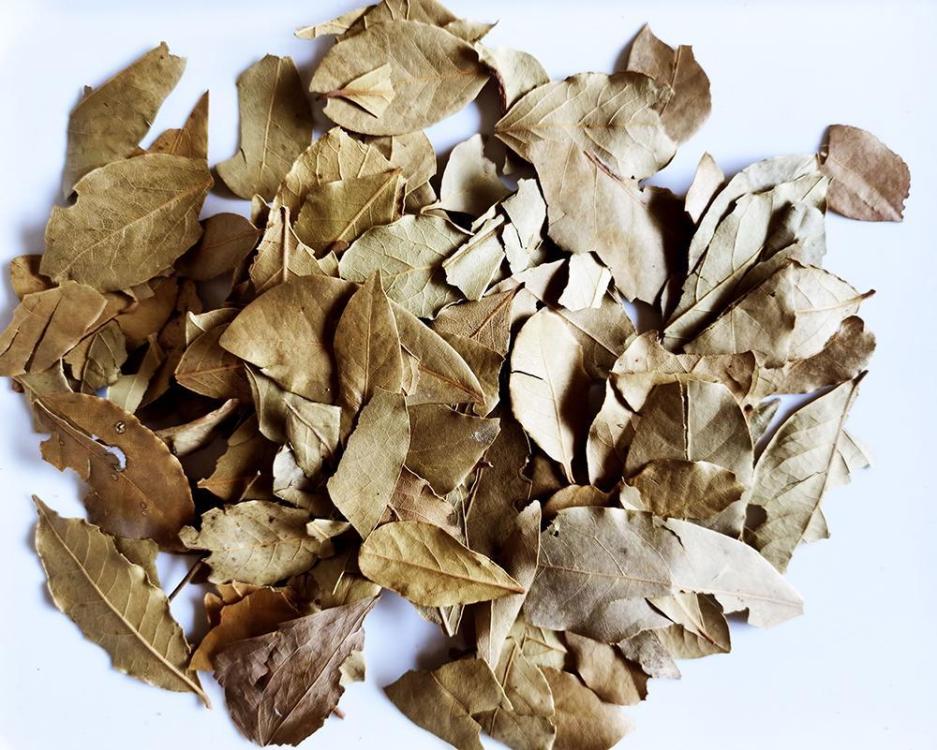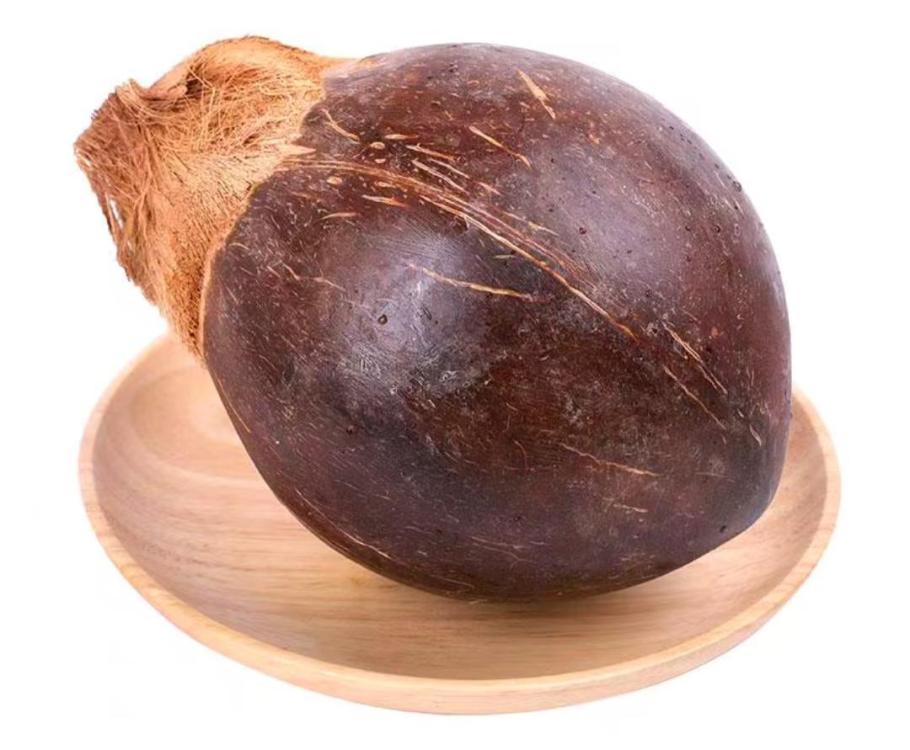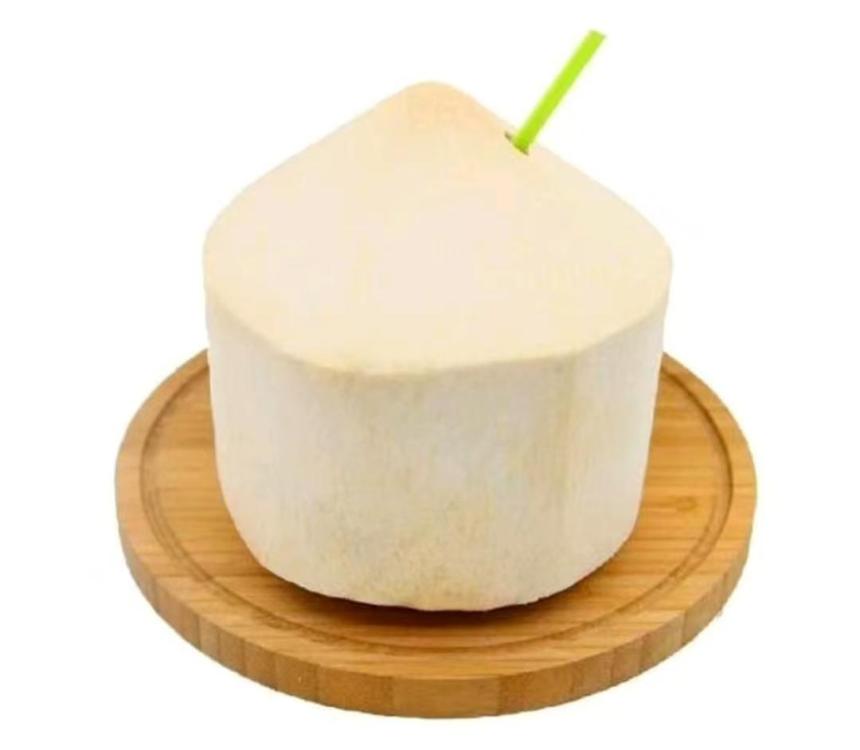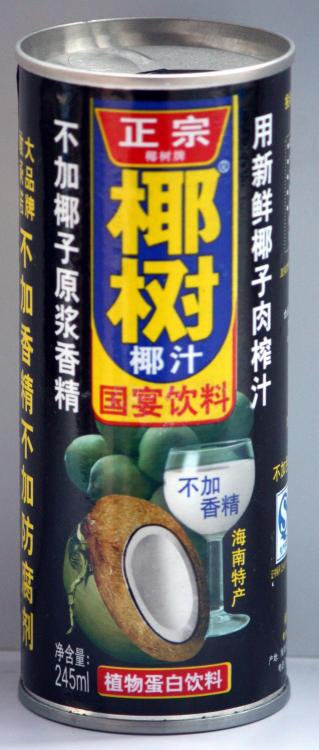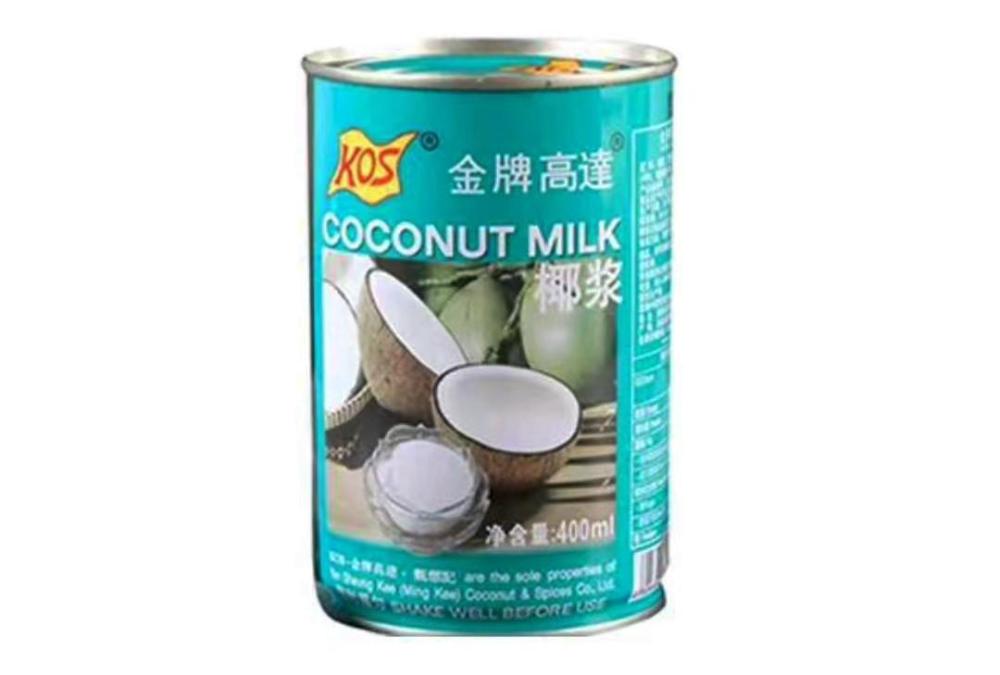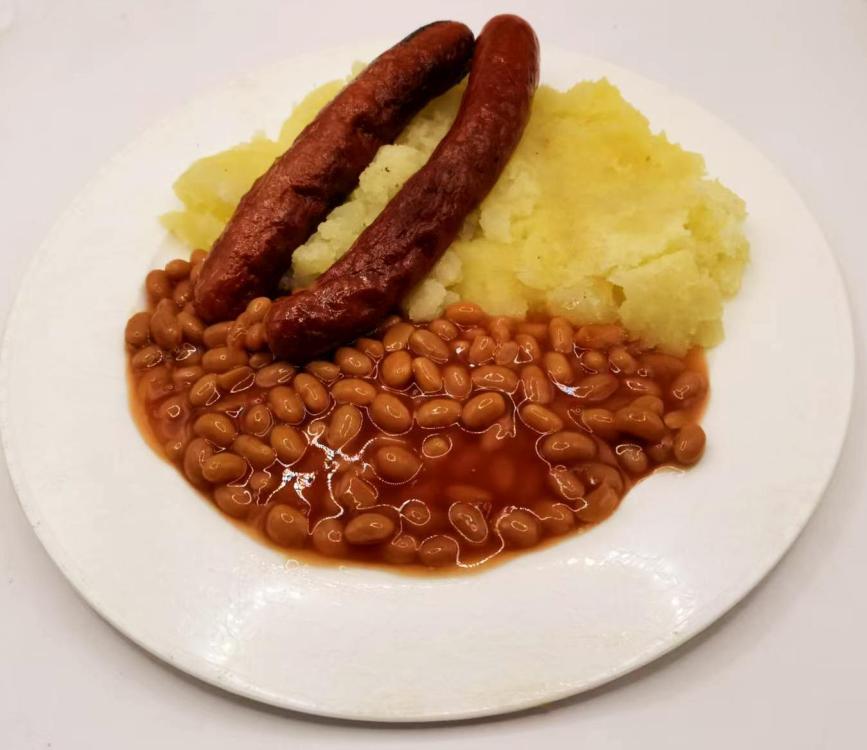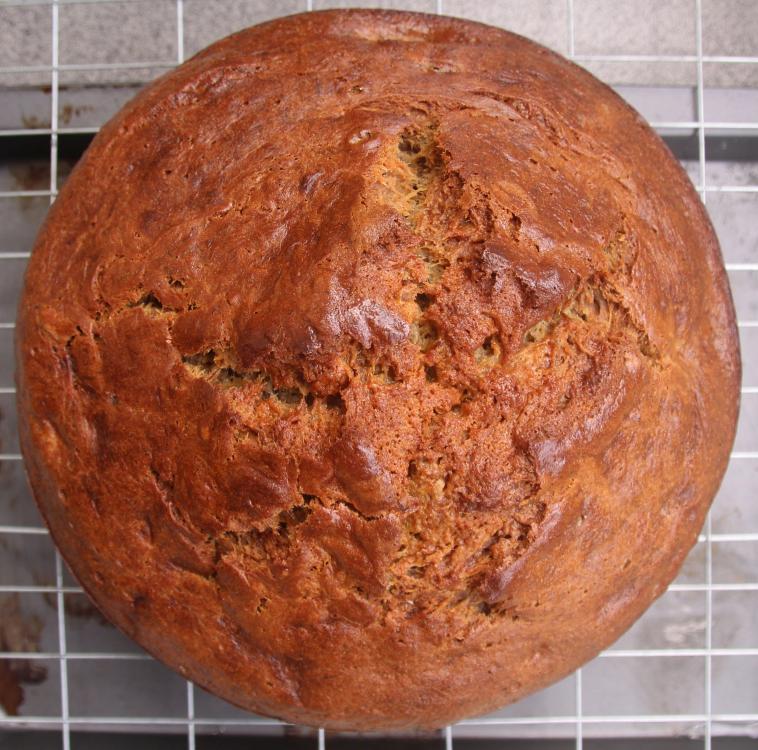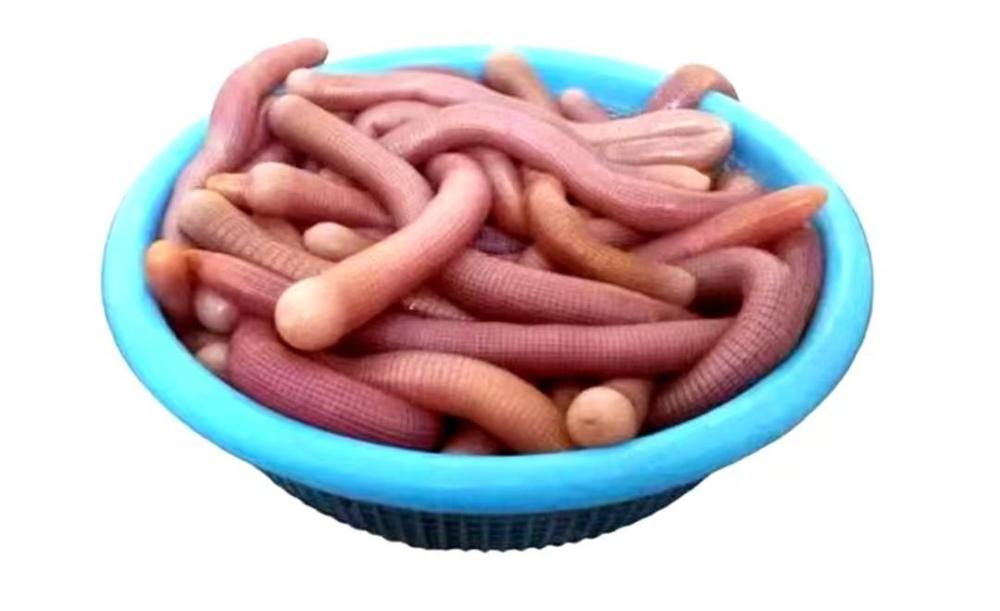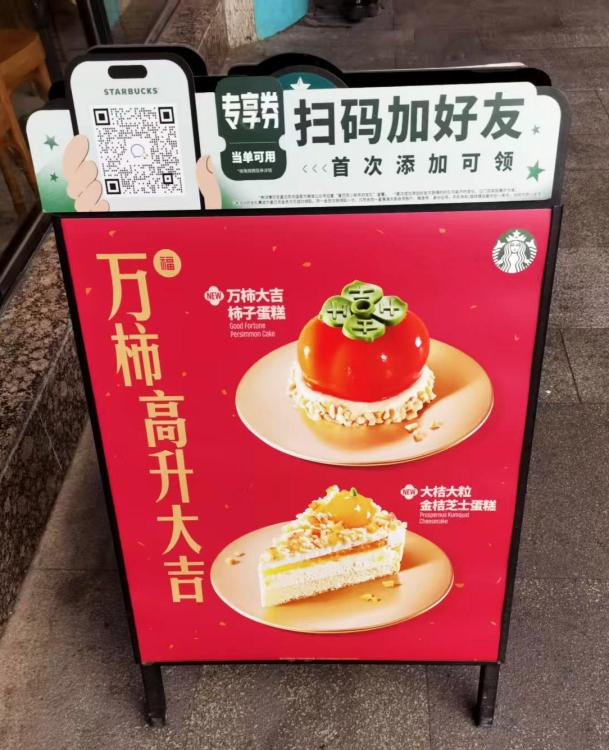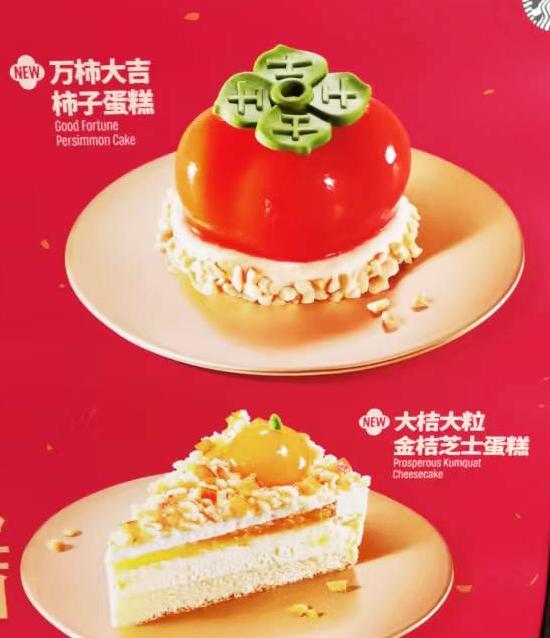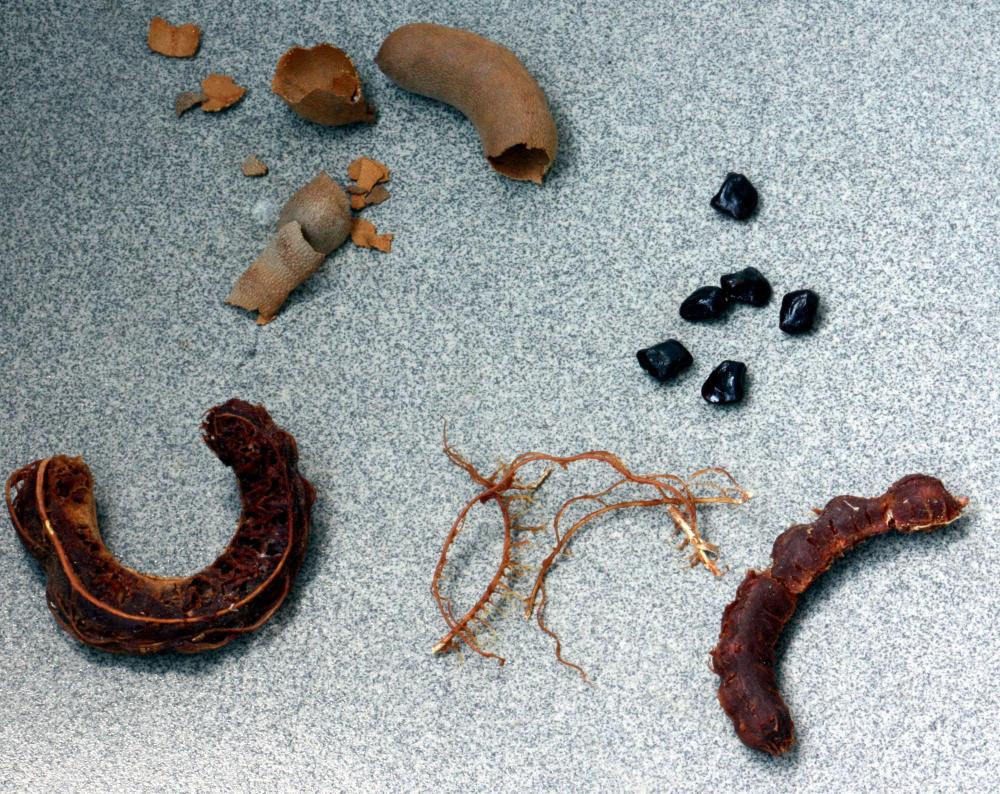-
Posts
16,657 -
Joined
-
Last visited
Content Type
Profiles
Forums
Store
Help Articles
Everything posted by liuzhou
-
But do you taste the difference? I like both. But not all eels taste the same, either.
-
D Not at all. The 'animal' in the year name is not part of most menus. Indeed, two of the twelve are illegal to eat: tiger and monkey. One (dragon) is mythical. Rat is not eaten much, at all. The remainder could be on the menu but are not considered essential in any way. Ox (beef), Rabbit, Snake, Horse, Goat (or sheep*), Rooster (chicken), Dog and Pig are all possible though. Fish, not one of the twelve, is usual as it represents longevity. * Chinese doesn't usually distinguish between the two.
-
I've been following this topic with incredulity. At the risk of starting a war, I will say that I get most of my eggs for free! Due to my lessened mobility of late, I have a lot of my meat and vegetables delivered and they usually throw in a couple of freebies - usually between 2 and 4 chicken's eggs! At first, I though they must be past their peak, but no. They are fresh. If I buy them they are about $6.50 USD for a flat of 30. However I usually buy duck eggs. Those are about $2.70 for eight eggs.
-
Bay leaf is also very common in Chinese cuisine; much more than the article suggests. They are not at all limited to Sichuan. Known in Chinese as 香叶 (xiāng yè), literally flavour leaf or aromatic leaf, they are the Mediterranean type. but I've also seen the Indonesian type very occasionally. I do miss my 40 year old bay tree which is back in London in my daughter's house.
-
Many people here are the same, but it doesn't stop them eating them! I wrote more about the local snake eating here.
-
Certainly not like any eel I've eaten. Closer to chicken but not really chicken-like either. I think they taste like snakes! Texturally, like chicken but, depending on the variety, snake is gamier. That said most chickens today don't taste like chicken. Sorry, not a very helpful answer, I know, but I feel that this habit of comparing the taste of so many things to chicken is rather meaningless. Frogs don't taste to me like chicken either. They taste like frogs. Thanks for the story. No rattlesnakes here, but I knew they are edible.
-
Porcini and shiitake aren't normally a problem A good shake should dislodge most dust. Oyster mushrooms aren't one kind of mushroom. It's a group. I wouldn't recommend drying them. It's very difficult. They're mostly water and you'd be left with next to nothing grindable. The ones to be careful of include morels and others with obvious places for dust, dirt, insects etc to hide.
-
What kind of mushrooms do you have?
-
It's 年夜 (nián yè), New Year's Eve. At midnight we enter 蛇年 (shé nián), the Year of the Snake and the 15 day 春节 (chūn jié) or Spring Festival. To mark this, tonight I will be eating this. Snake* and vegetable stir fry. Also, jiaozi and more. *Banded krait. Highly venomous - they're the best!
-
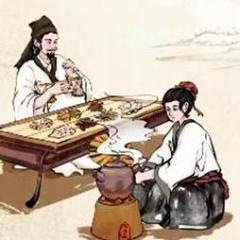
A pictorial guide to Chinese cooking ingredients
liuzhou replied to a topic in China: Cooking & Baking
That is a question to which I've never worked out the answer. Coconut doesn't feature in much Chinese cooking. A little in a few ethnic minority areas, but not like that of our southern neighbours. I guess they just eat it. I'll ask. -

A pictorial guide to Chinese cooking ingredients
liuzhou replied to a topic in China: Cooking & Baking
One 'nut' I forgot! Except it's not a nut but another drupe. 椰子 (yē zi) does grow hereabouts, but most are from Hainan, China's southernmost island province. I'm talking 🥥, Cocos nucifera, the coconut. Sold in supermarkets, fruit stores and by itinerant street vendors. They come in various forms. The street vendors usually have this type which they sell chilled and drilled to insert a straw to get to the coconut water. Also, hugely popular across China is this coconut drink. It is sold everywhere from mon n pop stores to being served at state banquets. Various brands of coconut milk / cream are also available so I get my SE Asian fix. This is the most common. -
I totally understand. I don't like or eat anything containing cØrn. For while I did have an oven, then it died. Then for a while I didn't have an oven. But then I bought a new one. A large toaster oven. I make bread in that. Once upon a long ago, I was quite active in the bread baking topic. Extremely few of my neighbours have an oven, if any.
-
This may have been a touch on the brunch side but substantial enough to be lunch, so... Sausage, beanz and mash. The sausages were debreciner; Beanz by Heinz and buttery potato mash. No apologies.
-
I wait for the bananas to turn black and start packing their bags and moving out of the store under their own steam then I round them up and make banana bread. Perfection. (If you like that s ort of thing)
-
Back a couple of pages in this post, I mentioned 沙肠虫 (shā cháng chóng), sand worms. Since then I have made their acquaintance. (Unfortunately, I can't edit the original post to add the image.) They're OK, but I wouldn't make a special trip to get 'em.
-
In my opinion, they're very good, but not worth that level of attention. Maybe I'm just a philistine.
-
Beef tongue was my favourite deli-meat as a kid, but never to freak people out. I understand people may not like it though. No more irrational than my dislikes.
-
Just over two years later, the crab scams are apparently blossoming again, despite the precautions. Here is an in-depth look. Inside China’s Murky Hairy Crab Industry | The World of Chinese
-
Next Wednesday is Chinese New Year's Day. The Year of the Snake. Of course, everyone is getting ready including the fast food places. Starbucks seems first out of the gate with this offering of "Good Fortune Persimmon Cake" or "Prosperous Kumquat Cheesecake". Of course the names refer to traditional New Year greetings. The offerings refer to nothing in particular. Pass.
-
I'm shocked to realise I never mentioned macaroni cheese / mac and cheese or whatever you call it. It was my family's favourite and I always hated it. It was one food I was never forced to sit at the table and attempt to force down. I love pasta generally and am a huge cheesophile but that dish just doesn't work for me. I refuse to even cook it for others. I dont even want to look at it. (I wouldn't worry if I never ate another steak in my life, either. But I could.)
-
When I was studying in Xi'an many years ago, I virtually lived on Roujiamo for lunch and cumin lamb skewers for dinner and never really tired of them. Still have them often, although I'm far from Xi'an now. I also still make other lamb dishes, often with cumin. It pairs so well with the ovine family.
-
For me too. Unfortunately most of my neighbours disagree, saying it smells terrible. So it's difficult to source (and expensive when I do find it). On the other hand, they love Xinjiang lamb (or is it mutton?) Grilled with cumin and chilli sold by itinerant vendors with mobile grills in every street night market in China!. Go figure. They just don't want to cook it themselves. North and west China eat it a lot, but I'm not moving there. Too cold.
-
I am kind of surprised how much attention this story has garnered. Frog is one of the least strange things the Chinese put on their pizzas. Anyway, it's only a limited release. My nearest Pizza Hut whose door I never trouble is in a building with multiple frog restaurants. No one bats an eyelid at frogs, snails, insects, etc on pizzas or anywhere else. Clearly the worst pizza topping is the very common durian. I like durian but, on pizza, that out-grosses and makes pineapple sound vaguely sensible!
-




